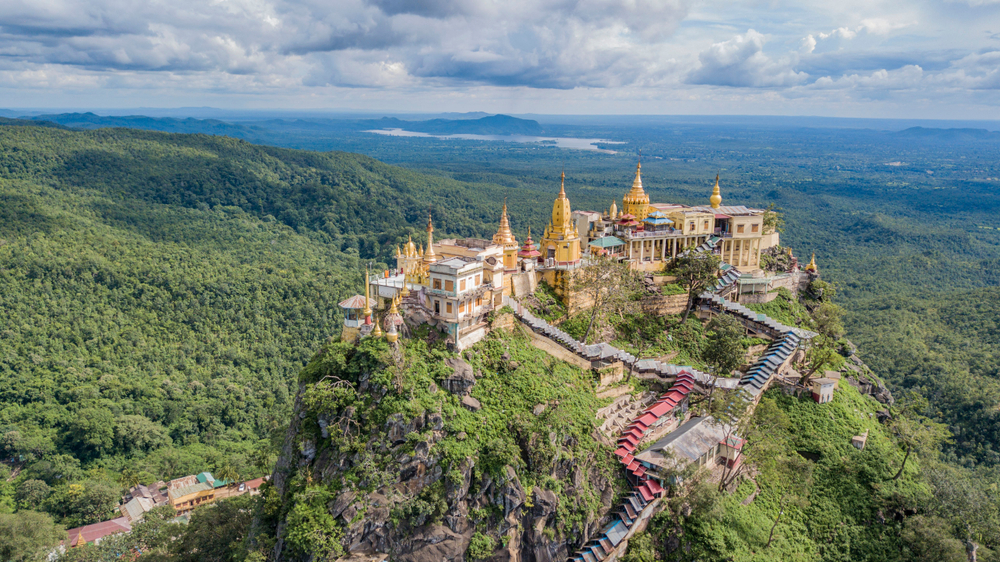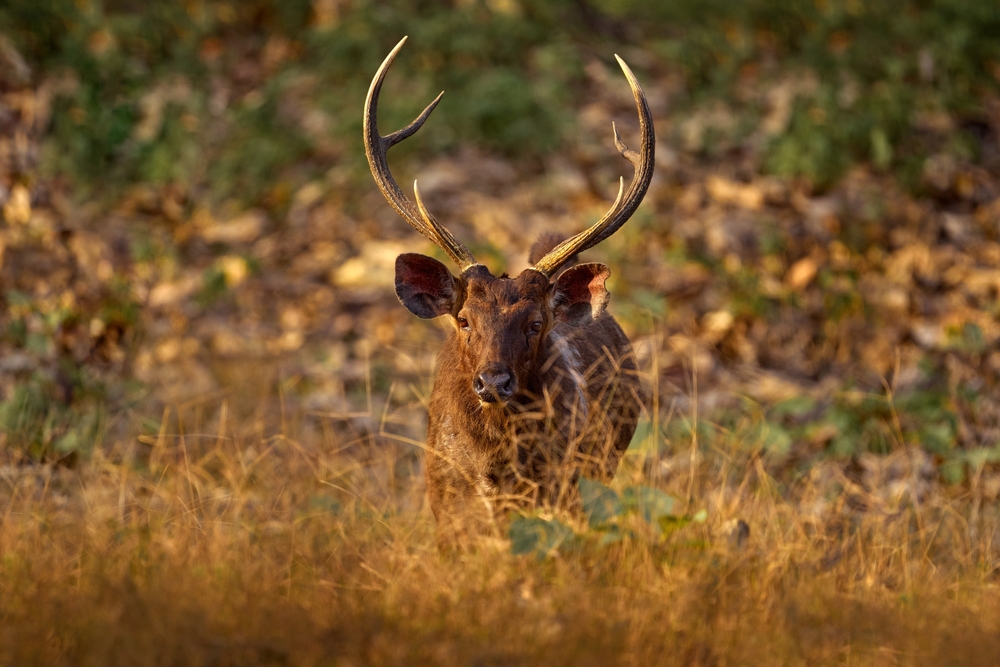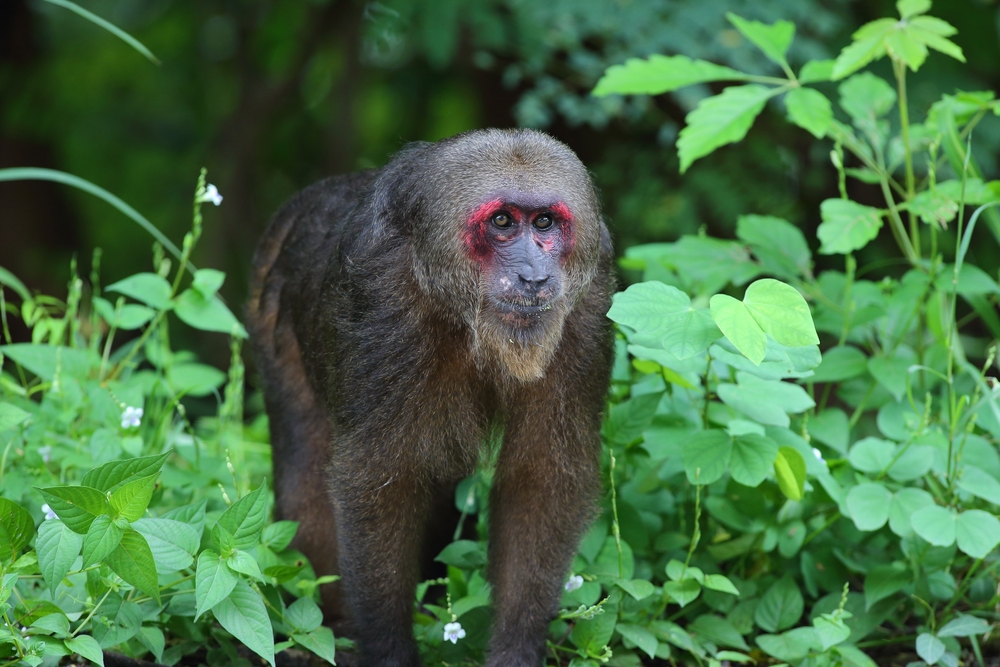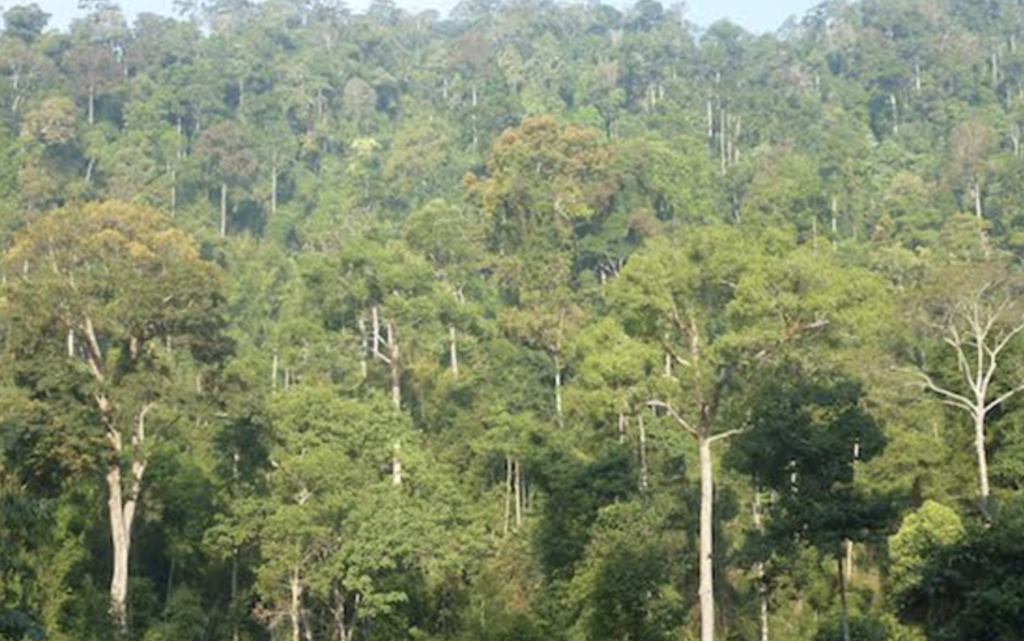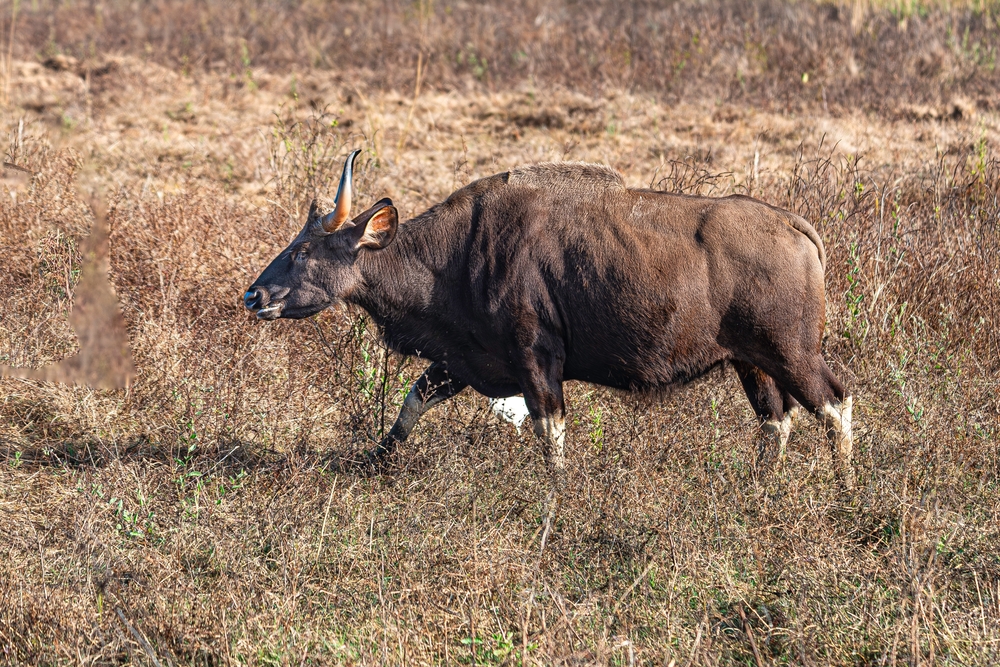Popa Mountain Overview
Popa Mountain National Park, known locally as “Popa Taung Kalay,” is a stunning natural reserve in central Myanmar. Encompassing approximately 49 square miles (127 square kilometers), this park is located in the Mandalay Region, close to the ancient city of Bagan.
It is centered around Mount Popa, an extinct volcano that rises dramatically to 4,981 feet (1,518 meters) above sea level. Often referred to as the “Mount Olympus of Myanmar,” this sacred mountain is steeped in mythology and deeply revered as the home of the country’s nats, or spiritual guardians.
The terrain of Popa Mountain National Park is varied, featuring rugged volcanic slopes, lush forests, and open grasslands. The central feature, Mount Popa, is a striking volcanic peak surrounded by steep cliffs and dense vegetation.
The park’s lower elevations are adorned with deciduous and evergreen forests, while higher altitudes are dominated by montane forests. The vegetation includes towering teak, bamboo groves, and flowering plants like rhododendrons, adding a burst of color to the verdant landscape. The park is also famous for its numerous streams and waterfalls, particularly during the rainy season, when the water cascades down the volcanic slopes with renewed vigor.
Wildlife enthusiasts will be captivated by the biodiversity of Popa Mountain National Park. The area is home to a variety of mammals, including the rare Myanmar snub-nosed monkey, barking deer, and wild boars. Birdwatchers will be thrilled to spot species such as the Burmese yuhina, oriental pied hornbill, and various woodpeckers.
The park also serves as a vital habitat for several reptiles and amphibians, as well as an array of colorful butterflies that flit through the forests. This rich wildlife, combined with the lush environment, makes the park an essential sanctuary for Myanmar’s natural heritage.
The park’s spiritual and cultural significance adds another layer of allure. The iconic Taung Kalat monastery, perched atop a sheer volcanic plug near Mount Popa, is a popular pilgrimage site. Visitors climb a winding staircase of 777 steps to reach the monastery, encountering playful macaques along the way. The views from the summit are breathtaking, offering panoramic vistas of the surrounding plains and distant mountains.
Visitors to Popa Mountain National Park can explore its wonders through guided hikes, wildlife tours, and visits to sacred sites. The park also offers opportunities for photography, birdwatching, and cultural immersion. Despite its popularity, the park faces conservation challenges, including deforestation, human-wildlife conflict, and the pressures of tourism. However, ongoing efforts by local and international conservation groups have yielded successes, such as reforestation projects and community engagement programs aimed at protecting the park’s ecological and cultural integrity.








































































